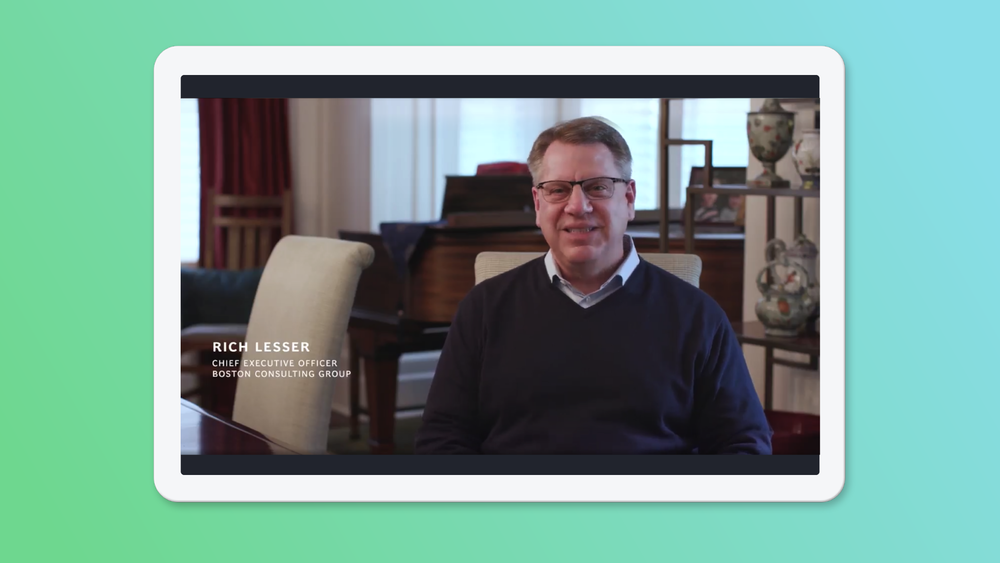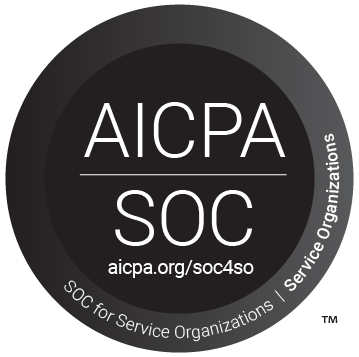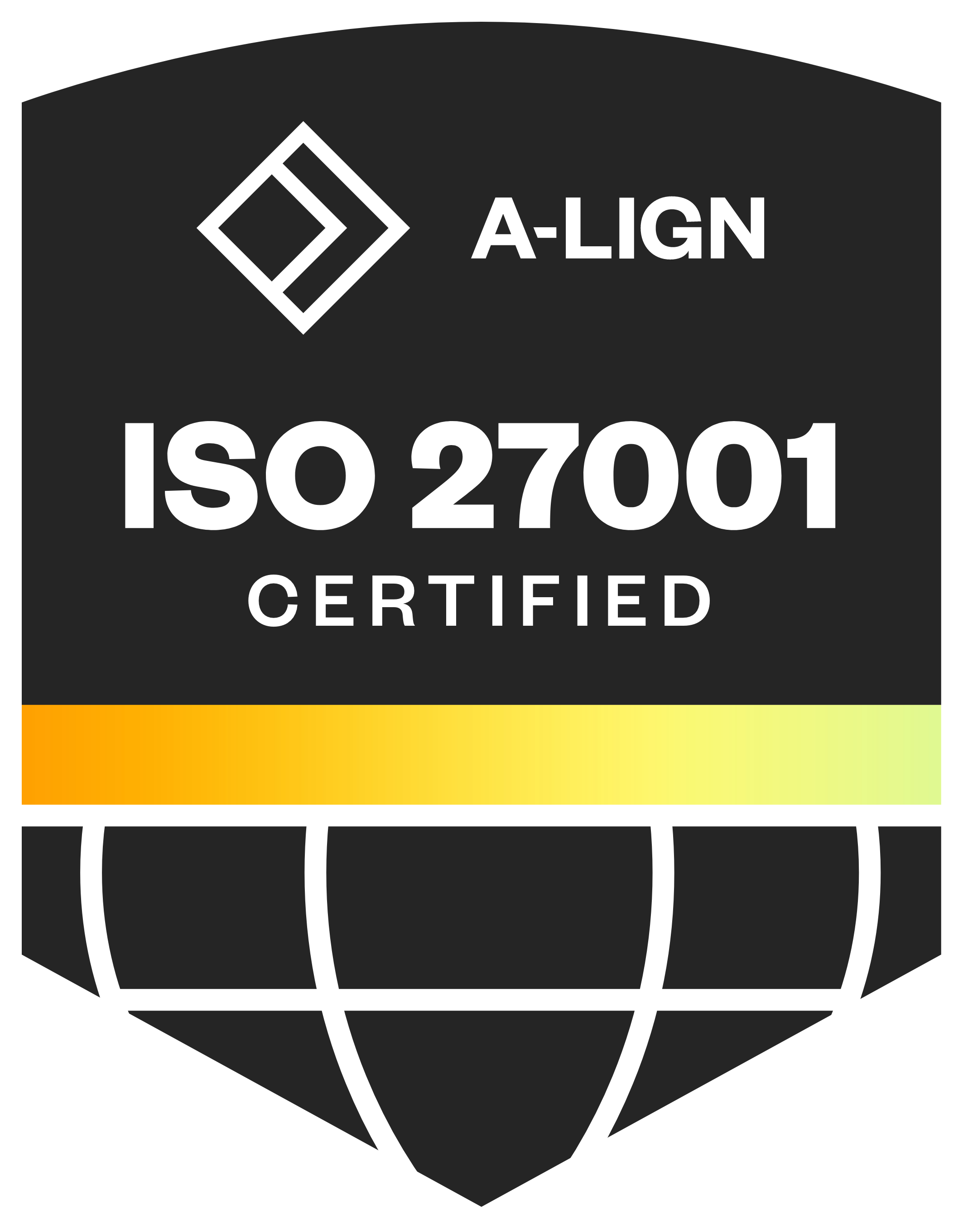How To Humanize Executive Messaging With Live Video

During this time of uncertainty, many businesses are experiencing disruption and feeling disconnected from their audiences.
Utilizing the most effective advocates that many organizations have, executive messaging is an opportunity to reforge that connection. Despite the changed environment, it’s still essential to be responsive and to take control of the messaging around your company.
Why use live video for executive messaging?
Thanks to video, especially live video, executive messaging can be delivered in a powerful format. With its instant visual and audio impact, video is the most engaging format online.
Video conveys emotional connection in a way that static press releases and corporate memos cannot. Specifically, for executive messaging, live video is the ideal medium and is often preferred to traditional approaches.
At this unprecedented moment, it’s necessary for leaders to speak openly to their customers and employees, and to demonstrate empathy. With social distancing and remote work arrangements in place, there is a greater need for management to have a voice.
This is the time for executives to showcase resiliency, highlight how their organization is contributing to the greater good, and announce any changes to company operating procedures, such as work-from-home or sick pay policies.
Live video, by its very nature, is a format that humanizes your brand and emphasizes transparency. Rather than a monologue, live video allows for an authentic dialogue in real-time and gives audiences the opportunity to be heard.
How executives are using live video
Whether you’re broadcasting a memo from the CEO or streaming a virtual town hall, live video offers executives a wealth of ways to reach internal and external audiences. Below are examples of executive messaging through live video in action.
1. ELLEVEST
Use case: Thought leadership series on LinkedIn
On a mission to close the gender money gaps, Ellevest brings its LinkedIn page to life with a stream of live video content on its feed.
Ellevest’s CEO and co-founder, Sallie Krawcheck, hosts a live video series on relevant topics such as investing, the economy, and career development. While broadcasting, she is able to interact with her viewers and answer questions in real time.
Along with sharing her expertise, she brings in guests such as career coaches, financial planners, and investment professionals. By giving their audience access to experts, the LinkedIn Live series has become a go-to resource for those with money and career questions.
2. HEADSPACE
Use case: Acknowledges current events and offers a solution on YouTube, Facebook, and LinkedIn
On World Meditation Day, Headspace invited its social media followers to experience a special live meditation hosted by its co-founder Andy Puddicombe.
Headspace’s use of live video illustrates how a business can take its product and adapt it to a moment in which mental health is top of mind. By recognizing World Meditation Day during this stressful time, the company showcased awareness of the COVID-19 crisis, and provided a solution for its viewers.
In addition to being timely, the live stream leveraged its co-founder to host the meditation, which strengthened the humanity of the brand. Audiences want to know the person behind the title, and want to connect a face to the name. Showing the leader behind Headspace’s efforts is an effective way to build trust and connect with viewers.
3. BOSTON CONSULTING GROUP
Use case: Commencement speech on LinkedIn
In-person graduation ceremonies were one of the many events cancelled amid the pandemic. In response, Boston Consulting Group CEO Rich Lesser delivered his first-ever commencement speech. He congratulated the class of 2020 and shared reassuring words of wisdom.
Rather than letting the momentous occasion go unnoticed, Boston Consulting Group leveraged a firm head in their organization to participate in a cultural moment and contribute to the trending conversation.
This broadcast is an example of how to boost brand affinity and establish an emotional connection with your audience.
Live video best practices for executives
Even though the broadcast is live and in the moment, you want to be as prepared as possible. We’ve rounded up a few tips to help you get started.
- Create a live series: To maintain engagement and viewership, create a live video series instead of stand-alone or one-off videos. When you have episodes streaming on a consistent schedule, your audience will be able to plan around new broadcasts and know when to tune in.
- Pick a theme for your series: Decide what topics you want to cover, and what type of conversation you want to have with your audience. Sticking to your theme is important because it lets your audience know what to expect.
- Feature guests: For a dynamic conversation, bring in guest speakers to add insight and expertise to your regular programming. This will help ramp up engagement, views, and reach.
- Respond to your viewers in real time: During the broadcast, it’s important to engage with your audience as they are reacting to you. This will help build a stronger relationship with your viewers and will give them more incentive to tune in to future live streams.
- Be yourself: Video humanizes us. This moment is about showing your human self, not overly manicured communications. By being authentic, you can establish a personal connection as well as foster openness and transparency.
Now more than ever, ensuring that your business has an effective executive communications strategy is essential. That’s why more executives are embracing the power of live video to connect with employees and customers.
Beyond delivering executive messages, live video humanizes the brand, increases brand affinity, and changes the way people think about an organization.


